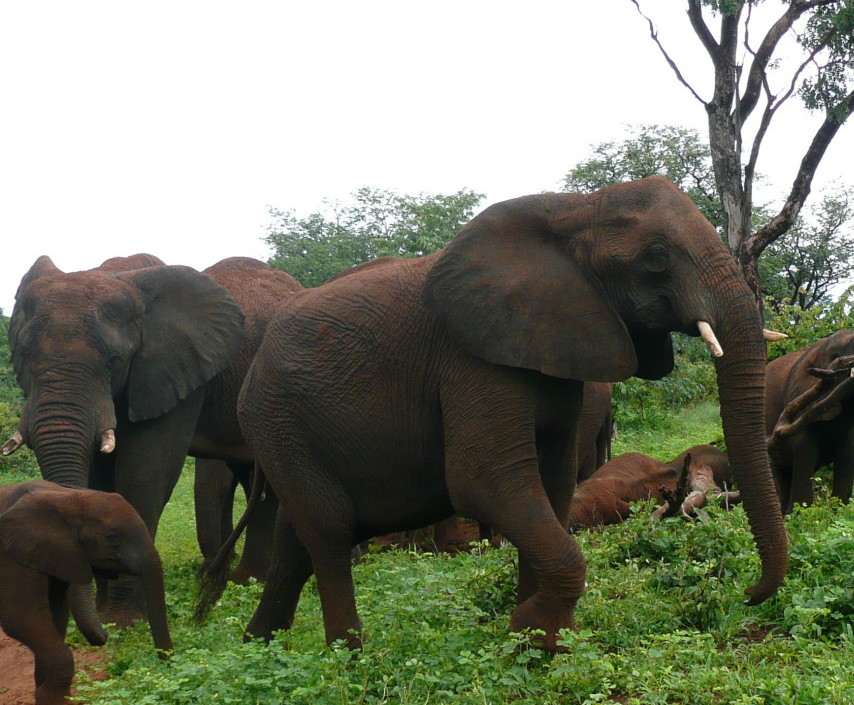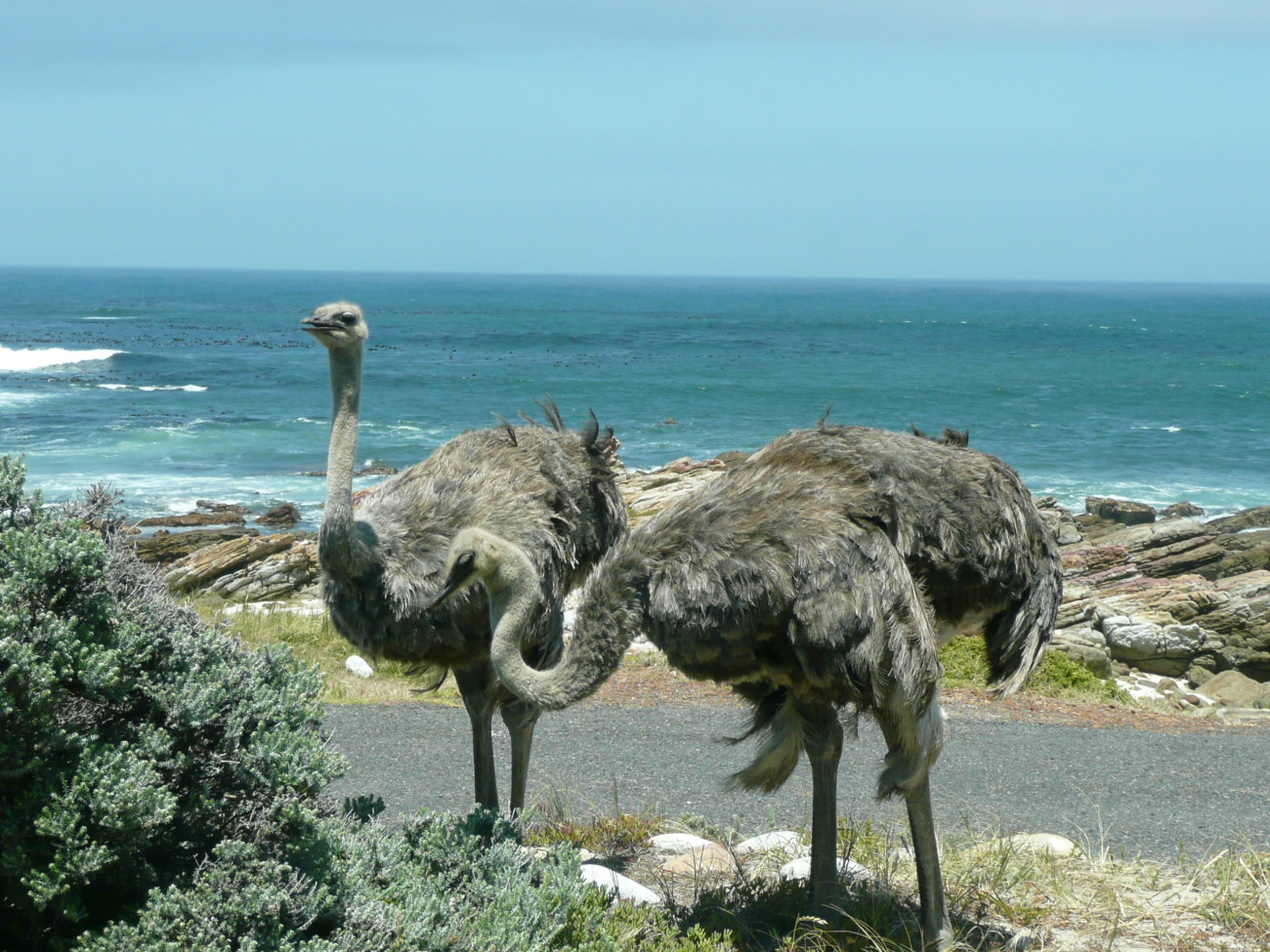
by Loti | Aug 21, 2013 | Animals, Conquering Fear, Thailand
Thailand. So I am contemplating how to get on Bounma, my elephant, without passing out with fear. Breathe. I keep telling myself. Just breathe. But one thought which never occurred to me as I was climbing up on my gentle giant, is it fair to the elephant to ride her? An interesting question and one that I now learn, 6 months after returning from Thailand, is rather hotly debated. According to both the Humane Society and the Association of Zoos, it is not only cruel to the elephant, but dangerous to the rider. All sorts of statistics are quoted (which reinforces my opinion, facts can always be used to support both sides of an argument-it just depends which side you are on). On the opposing side is The Four Seasons Elephant Camp, where we were, which uses elephant riding as one way to support the rescued elephants in their care. So knowing what I know today, would I ride an elephant again? Absolutely! But at least now I am better better educated on the issues surrounding their treatment. Riding Bounma changed my world, literally. She helped me fall in love with life and, in turn, learn a little more everyday how we can be better stewards of our planet and all it offers. And for that I am eternally...

by Loti | Aug 13, 2013 | Animals, Australia, Environment, Food, Health
Australia. The view of a salmon farm from our single engine plane high above the waters of Tasmania looks pretty cool and well, pristine. So why when I ask the restaurant server “is the salmon farmed or wild” do I order something else if the answer is farmed? On researching, it turns out to be a hotly debated subject with lots of emotionally charged opinions including my own. As the fastest growing food production segment in the world (wow, I had no idea) with over 1.5 million tonnes (a tonne = 2,204 pounds) produced annually, it’s a lot of salmon! So what’s wrong with ocean farmed salmon? Well, according to Whole Foods, nothing as long as it is farmed to their 36 page Quality Standard guide. OK, so if not, higher levels of PCB’s, lower levels of Omega 3’s, residual antibiotics used to fight disease and the use of genetically modified feed by some farmers for starters. And what about environmental concerns? The spread of disease into wild populations, pollution, and the death of thousands of sea lions and seals by drowning in the netting or being killed by farmers protecting their fish are real issues. The good news, however, is the industry is improving dramatically and has started farming in inland closed system tanks which eliminate many of the problems. So next time I eat out, I’ll just stick with wild fish or maybe ask if the farmed fish is ocean raised or inland tank raised. Can’t wait to see the reaction to that question! ...

by Loti | Aug 5, 2013 | Animals, United States
Florida. Pretty cool to walk out your door and see not one, but two red foxes. In Palm Beach? Next to my house? But are they vixens (females) or reynards (males) or one of each? What neat names and even better scrabble words! I never knew a female fox was called a vixen, also the name for a quarrelsome, shrewish or malicious woman. Interesting that a woman can be referred to as a real fox or quiet a vixen with totally different meanings. Foxes are known as clever and cunning while also able to run 30 miles an hour and climb trees. Really! And historical records show foxes have been around since at least 350 BC when references are made to Alexander the Great hunting them. So I was surprised to learn foxes are listed as one of the top 100 worst invasive species in the world, right up there with malaria mosquitos and the yellow crazy ant (the what?). Hard to believe these cute guys or gals could make such a list as they are welcome in my neighborhood any...

by Loti | Jul 29, 2013 | Africa, Animals, Insects, Keystone Species
Africa. So what do a full moon and honey bees have in common? Elephants, of course. Really? Well they are both crop deterrents to elephants. As elephants and humans compete for scarce land and water resources, they come into conflict, sometimes with fatal results. But recently researchers found elephants stay away from crops during a full moon leading them to speculate elephants understand there is a greater risk of detection by humans during a moon lit night. Pretty smart elephants. And it turns out, elephants are afraid of bees. And rightly so. Swarming bees sting elephants around their eyes, inside their trunks and pierce the skin of baby calves. So researchers erected a beehive fence with hives every 10 meters around field crops. The results were phenomenal with only one elephant breaking through the “fence” in a 2 year period. Plus the farmers get the honey which provides much needed income. A real win, win if you ask me. And the idea came from Lucy King, a biologist with Save Our Elephants, who observed elephants avoiding trees with beehives. A simple idea which is making a huge difference in the lives of farmers and elephants. Brilliant! ...

by Loti | Jul 23, 2013 | Africa, Birds
Africa. Driving along the coast of the Cape Of Good Hope, we came across 2 ostriches just hanging out by the side of the road. I hadn’t realized how big these birds can get with males reaching up to 9 feet in height and weighing over 300 pounds. And they can’t even fly, but they sure can run. An ostrich can sprint over 43 miles an hour. And with those strong legs they can kick a lion or human to death in one quick thrust. Yikes! So it is interesting that ostriches are raced in Africa and even some parts of the US with a jockey on their back, just like horses. Of course there is much debate about the cruelty of this practice, but then again we eat ostrich meat, enjoy their eggs (one ostrich egg is the equivalent of 24 chicken eggs, use their skin for leather and adorn our hats with their feathers (ok, some people do although they don’t do much justice to my baseball hats). And what about one of my favorite sayings that ostriches stick their head in the sand to avoid conflict, just like I try to do. Unfortunately, it is not true. They will lie down and press their head and long neck to the ground to be less visible if danger approaches, but they don’t bury their heads. Damn. I guess I’ll just have to come up with another saying. ...






